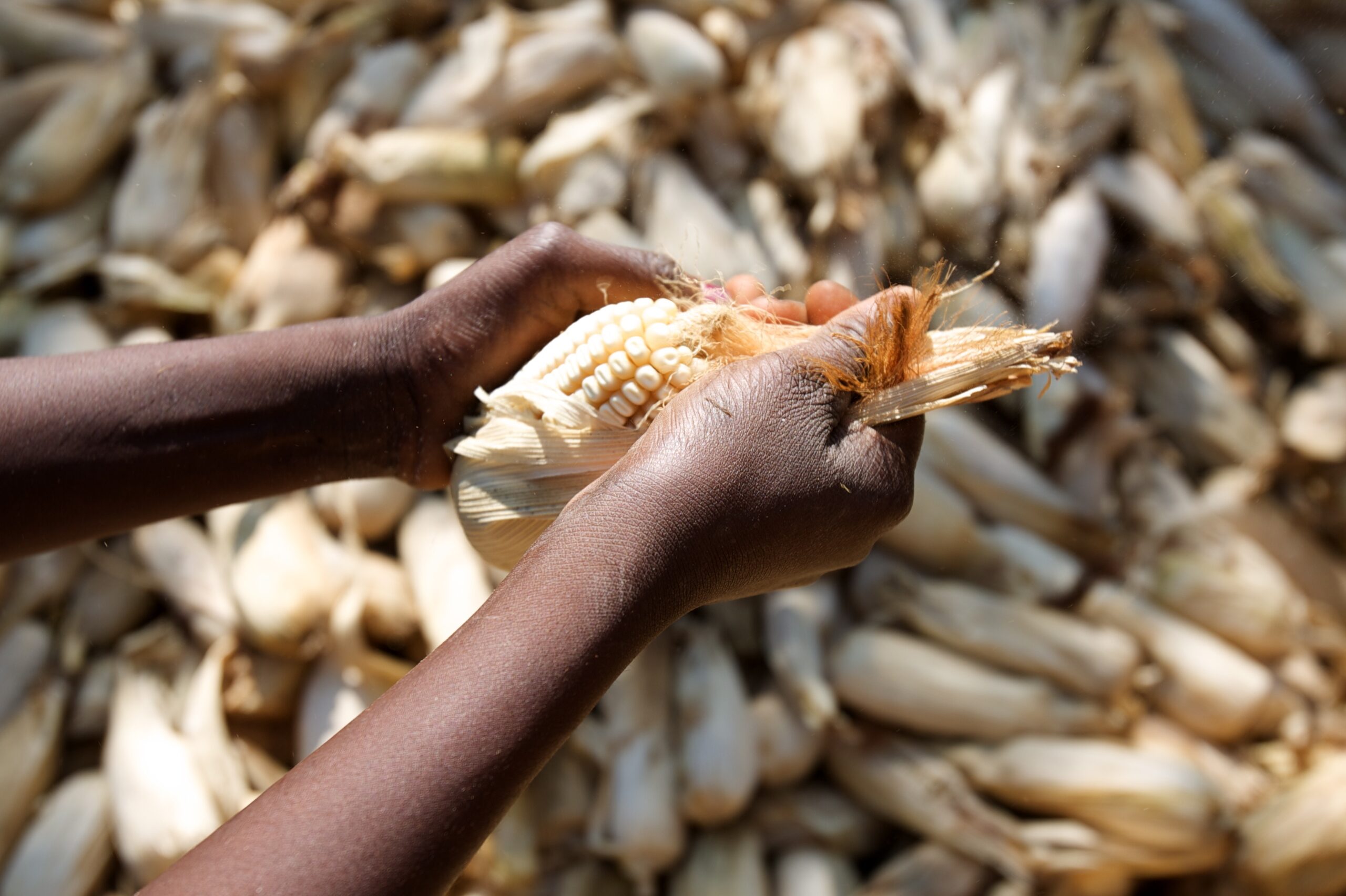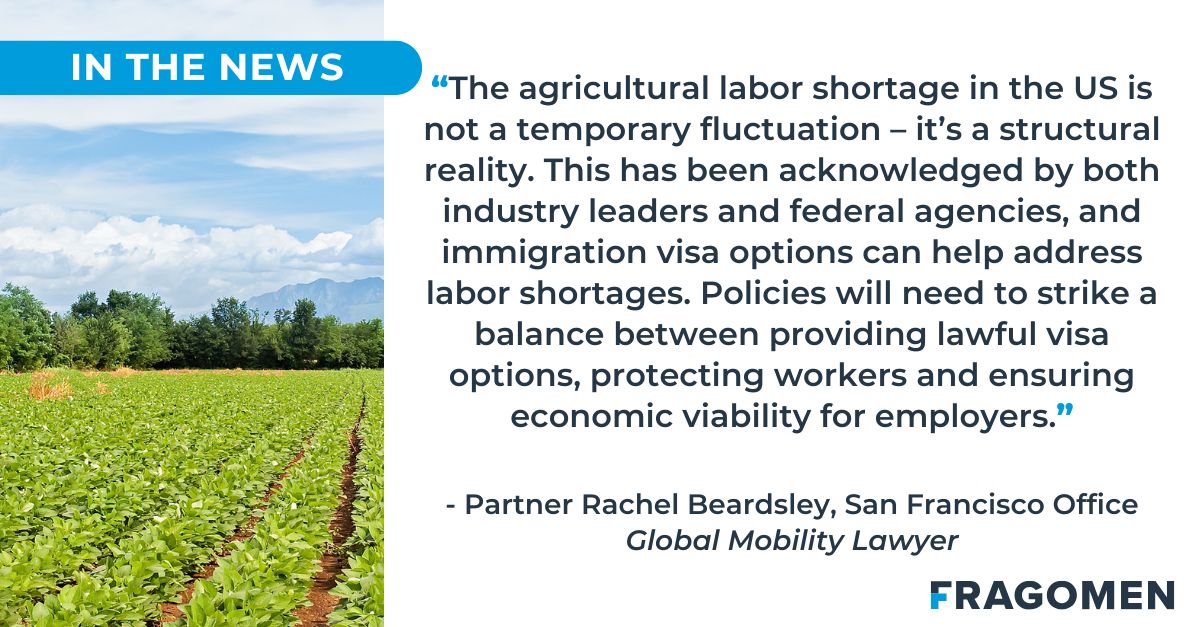Report on Canada-Mexico Agricultural Trade Cooperation and Sustainable Development
Executive Summary
A recent ministerial meeting between Canada and Mexico has resulted in significant agreements to streamline agricultural commerce, framed within the Canada–Mexico Action Plan 2025-2028. These efforts to strengthen bilateral trade ties directly support the achievement of several United Nations Sustainable Development Goals (SDGs), including fostering economic growth (SDG 8), ensuring food security (SDG 2), promoting innovation (SDG 9), and reinforcing global partnerships (SDG 17).
Bilateral Framework for Sustainable Growth
The Canada-Mexico Action Plan 2025-2028
The strategic foundation for this cooperation is the Canada–Mexico Action Plan 2025-2028. This plan, announced by Prime Minister Mark Carney and President Claudia Sheinbaum, is designed to enhance economic partnership and create a more resilient trade environment between the two nations, aligning with SDG 17 (Partnerships for the Goals).
Ministerial Agreements on Agricultural Trade
A meeting between Canada’s Minister of Agriculture and Agri-Food, Heath MacDonald, and Mexico’s Secretary of Agriculture and Rural Development, Julio Berdegué, produced several key outcomes aimed at facilitating trade and ensuring mutual economic benefits.
Outcomes and Alignment with Sustainable Development Goals
Fostering Economic Growth and Decent Work (SDG 8)
The initiative builds upon a strong history of economic cooperation and aims to further stimulate growth in the agri-food sector.
- Bilateral agricultural trade increased by 50% between 2018 and 2023.
- The new agreements are projected to further expand market access and increase this trade figure, contributing to sustained economic growth and stability for producers in both countries.
Ensuring Food Security and Responsible Production (SDG 2 & SDG 12)
Specific measures were established to guarantee a safe, high-quality, and reliable food supply chain, which is fundamental to achieving Zero Hunger (SDG 2) and promoting responsible consumption and production patterns (SDG 12).
- Expanded Market Access: Mexico will ease import requirements for eligible apples from Eastern Canadian Provinces starting in January 2026.
- Product Safety and Certification: A new certificate was approved to provide market access for Canadian pet food containing bovine ingredients.
- Sanitary and Phytosanitary (SPS) Cooperation: Both countries agreed to advance the implementation of the SPS Work Plan to ensure the delivery of safe and high-quality products to consumers.
Promoting Innovation and Resilient Infrastructure (SDG 9)
The partnership emphasizes the adoption of modern technologies to create more efficient and sustainable trade systems.
- Digitalization of Trade: Canada and Mexico will adopt electronic certification for plant products such as canola and wheat, with plans to expand this innovative tool to other commodities.
- Streamlined Inspections: Meaningful progress was made toward mutual recognition of laboratory and inspection protocols, which reduces redundancies and builds more resilient trade infrastructure.
Analysis of the Article in Relation to Sustainable Development Goals
1. Which SDGs are addressed or connected to the issues highlighted in the article?
- SDG 2: Zero Hunger: The article’s focus on facilitating agricultural trade, ensuring food safety, and improving market access for food products directly relates to food security and sustainable agriculture.
- SDG 8: Decent Work and Economic Growth: The efforts to streamline commerce and increase trade between Canada and Mexico are aimed at fostering economic growth for both nations.
- SDG 17: Partnerships for the Goals: The entire article is centered on the bilateral partnership between Canada and Mexico, as demonstrated by the “Canada–Mexico Action Plan 2025-2028” and joint ministerial meetings to strengthen trade cooperation.
2. What specific targets under those SDGs can be identified based on the article’s content?
-
SDG 2: Zero Hunger
- Target 2.b: “Correct and prevent trade restrictions and distortions in world agricultural markets…” The article details efforts by Canada and Mexico to “streamline commerce” and “ease import requirements for eligible apples” in response to regional trade complications. This directly aligns with the goal of preventing trade restrictions and facilitating the flow of agricultural goods.
-
SDG 8: Decent Work and Economic Growth
- Target 8.a: “Increase Aid for Trade support for developing countries…” The “Canada–Mexico Action Plan 2025-2028” and the agreements on “mutual laboratory and inspection recognition” and the implementation of the Sanitary and Phytosanitary (SPS) Work Plan are forms of cooperation that facilitate trade, thereby supporting economic development and growth in Mexico.
-
SDG 17: Partnerships for the Goals
- Target 17.10: “Promote a universal, rules-based, open, non-discriminatory and equitable multilateral trading system…” The agreement to adopt electronic certification and advance the SPS Work Plan are concrete steps towards a more efficient, rules-based trading system between the two countries, ensuring that products are “competitive, safe, and high-quality.”
- Target 17.11: “Significantly increase the exports of developing countries…” The article explicitly states that agricultural trade between the countries “increased by 50 percent from 2018 to 2023” and that the new action plan aims to “increase this figure.” This directly addresses the goal of increasing exports.
3. Are there any indicators mentioned or implied in the article that can be used to measure progress towards the identified targets?
-
SDG 2: Zero Hunger
- While no specific indicator is mentioned, the actions described, such as easing import requirements and implementing the SPS Work Plan, are qualitative measures of progress towards correcting and preventing trade restrictions (relevant to Indicator 2.b.1: Producer Support Estimate).
-
SDG 8: Decent Work and Economic Growth
- The “Canada–Mexico Action Plan 2025-2028” itself can be seen as a commitment that aligns with Indicator 8.a.1: Aid for Trade commitments and disbursements. The specific initiatives within the plan, like mutual recognition of inspections, are tangible outcomes of this commitment.
-
SDG 17: Partnerships for the Goals
- The article provides a direct quantitative measure relevant to Indicator 17.11.1: Developing countries’ and least developed countries’ share of global exports. The statement that agricultural trade “increased by 50 percent from 2018 to 2023” is a clear indicator of progress in increasing exports between the two partner countries.
4. Summary Table of SDGs, Targets, and Indicators
| SDGs | Targets | Indicators |
|---|---|---|
| SDG 2: Zero Hunger | 2.b: Correct and prevent trade restrictions and distortions in world agricultural markets. | The easing of import requirements for apples and the implementation of the Sanitary and Phytosanitary (SPS) Work Plan serve as qualitative indicators of progress in reducing trade barriers. |
| SDG 8: Decent Work and Economic Growth | 8.a: Increase Aid for Trade support for developing countries. | The “Canada–Mexico Action Plan 2025-2028” and agreements on mutual laboratory and inspection recognition represent commitments and actions that facilitate trade. |
| SDG 17: Partnerships for the Goals | 17.10: Promote a universal, rules-based, open, non-discriminatory and equitable multilateral trading system.
17.11: Significantly increase the exports of developing countries. |
The adoption of electronic certification for plant products is an indicator of a more rules-based system.
The explicit mention of a “50 percent” increase in agricultural trade from 2018 to 2023 is a direct quantitative indicator of increased exports. |
Source: freshfruitportal.com







